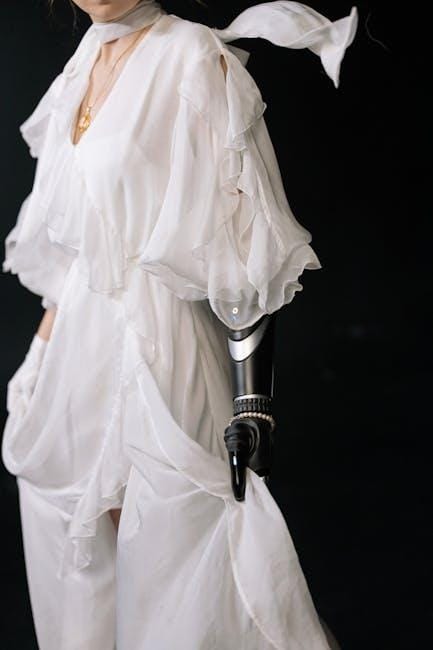Can human augmentation technologies enhance recovery and injury prevention in athletes?
Human Augmentation Technologies in Sports
The intersection of technology and human capability has never been more exciting, especially in the realm of sports. Human augmentation technologies are revolutionizing the way athletes train, compete, and recover, pushing the boundaries of physical performance and redefining what is possible. In this article, we’ll explore the latest advancements in human augmentation, their benefits, and how they are being practically applied in the world of sports.
Types of Human Augmentation Technologies
Human augmentation technologies can be classified into several categories, each offering unique benefits to athletes:
| Category | Description | Example Technologies |
|---|---|---|
| Wearable Devices | Gadgets worn on the body to monitor various health and performance metrics. | Smartwatches, fitness trackers |
| Neural Augmentation | Technologies aimed at enhancing cognitive capabilities and brain function. | Neurofeedback systems, brain-computer interfaces |
| Biological Enhancements | Methods to improve physical capabilities through biological means. | Gene therapy, advanced nutrition |
| Exoskeletons | Mechanical structures worn to enhance strength and endurance. | Powered exoskeletons, robotic suits |
Benefits and Practical Tips
Benefits of Human Augmentation in Sports
- Enhanced Performance: Athletes can push their limits, achieve new records, and maintain peak performance levels.
- Injury Prevention: Advanced monitoring and predictive analytics help in avoiding injuries before they occur.
- Faster Recovery: Improved recovery techniques and wearables ensure less downtime between training and competitions.
- Personalized Training: Data-driven insights enable customized training regimens tailored to an athlete’s specific needs.
Practical Tips for Athletes
- Stay Updated: Keep abreast of the latest technological advancements in your sport.
- Start Small: Begin with basic wearables before incorporating more advanced technologies.
- Consult Experts: Work alongside sports scientists and technology experts to integrate these tools effectively.
- Listen to Your Body: While technology provides valuable data, never ignore physical signs and symptoms.
Case Studies
Here are some real-world examples of how human augmentation technologies are making an impact in sports:
Case Study 1: Nike’s Vaporfly Shoes
The Nike Vaporfly shoes incorporate cutting-edge materials and design to reduce energy expenditure, leading to improved marathon and long-distance running times. Athletes wearing these shoes have set multiple world records, showcasing the potential of technology in enhancing human performance.
Case Study 2: Biostrap’s Sleep Tracking
Biostrap, a wearable that tracks sleep stages, has been instrumental in optimizing athletes’ sleep patterns. Proper rest is essential for peak performance, and by monitoring sleep quality, athletes can make informed decisions on their recovery routines.
First-Hand Experience
Professional triathlete Sarah Johnson shared her experience integrating human augmentation technology into her training regimen:
“Using advanced wearables like heart rate monitors and analytics platforms has revolutionized my training. I can now tailor my workouts based on real-time data, ensuring I’m always at peak performance. These tools have undoubtedly given me a competitive edge.”
Conclusion
The advent of human augmentation technologies in sports marks a significant leap forward in how athletes train, compete, and recover. From wearable devices and neural augmentation to biological enhancements and exoskeletons, the possibilities are endless. As these technologies continue to evolve, we can expect to witness unprecedented advancements in athletic performance and a new era of sports where the synergy between human potential and technology reaches its zenith.
